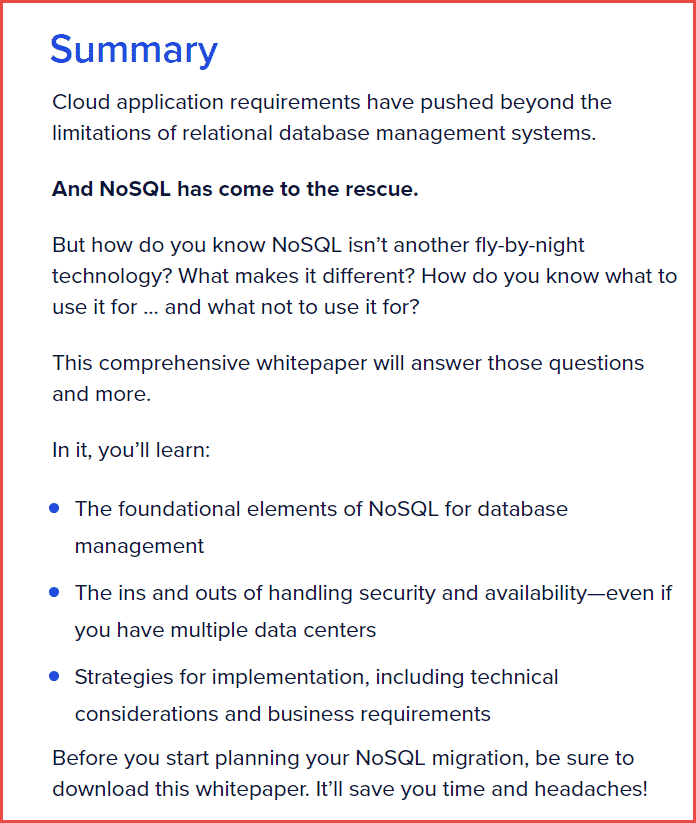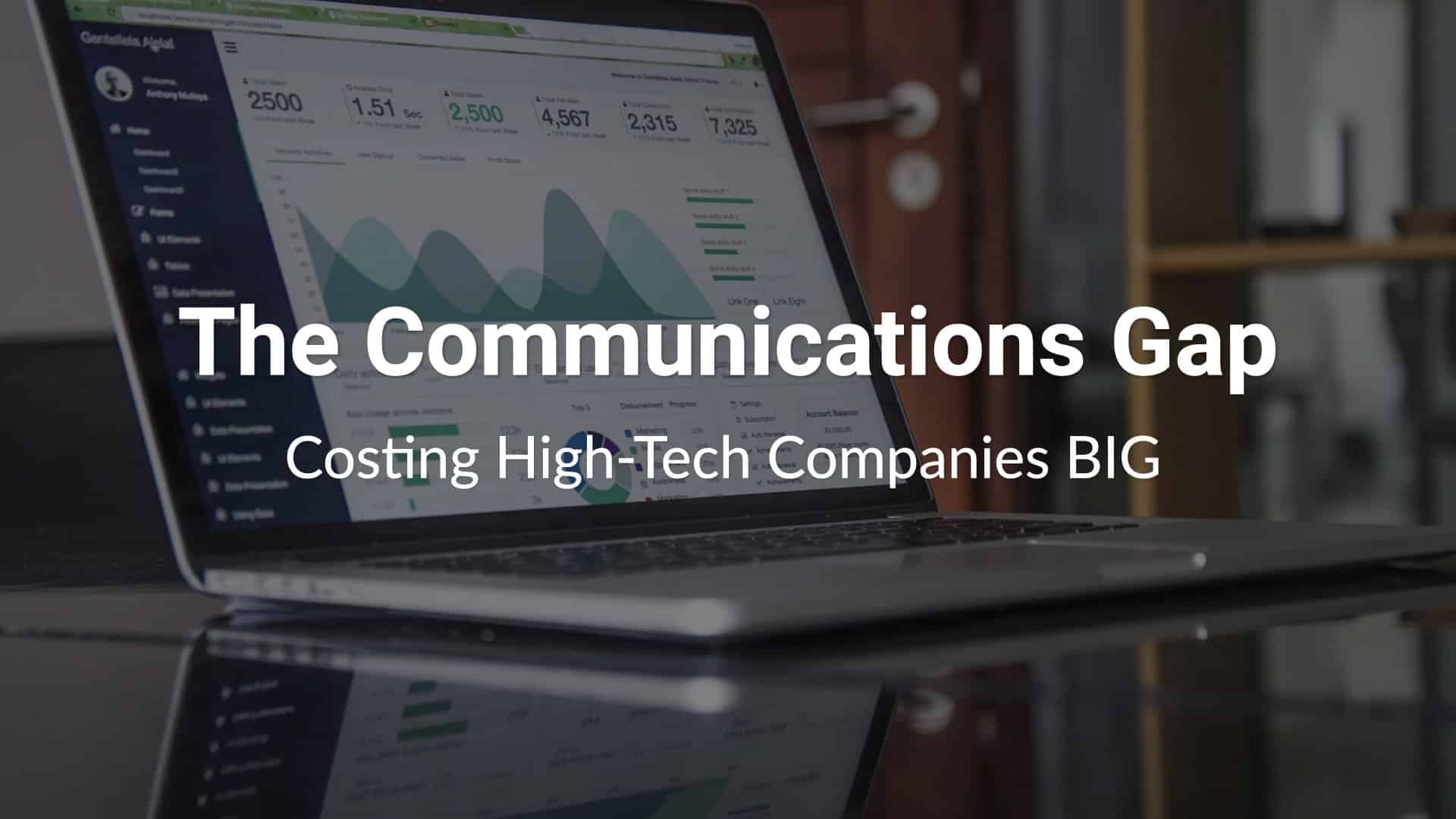In-Memory Database Market to See Massive Growth by 2025
Massive Growth in Big Data IT Spending in Financial Sector Market 2020-2027
Massive Increasing Demand of Operational Database Management System Market by 2027
These are the kinds of headlines hitting my inbox lately. While they might excite the companies providing these hot new high-tech solutions, they’re raising some red flags for me around the future of these enterprise technology companies.
You see, enterprise technology solution providers (that is, companies that sell solutions designed for use in enterprise environments) have a growing communication problem.
No matter if the company is small, mid-market or large — the more established their solutions become in the marketplace, the harder it is for them to clearly communicate their value to the audience they’re trying to reach.
Even Big Waves Fizzle Out Eventually
I’ve seen it again and again. Public interest in an exciting new enterprise technology spikes, and the fledgling company wants to ride that wave — so they do what they’ve always done best:
- They focus on how the tech works.
- They pull in their highly paid developers to write blog posts about it.
- They tap their top engineers to host webinars.
- They put their IT architects on stage at conferences.
And while the initial excitement reigns, it seems to work.
Until it doesn’t.
The “fancy new tech” excitement wears off … and executive leadership quickly realizes they need to come up with a strategic marketing plan that doesn’t rely solely on media buzz … or their technicians.
When Reality Kicks In, It’s Time for a Change
This is the point at which the company begins taking a closer look at their ideal buyers, and how those ideal buyers are making their purchasing decisions. What they usually discover is that the customers holding the purse strings aren’t technicians, they’re executives with specific business goals to meet …
But unfortunately, the company is now complacent with a tech-first approach to marketing, promotion, PR and sales enablement.
They’re stuck in a rut, and they know it — they just don’t know how to break out of it.
At this point, the company needs more than a new marketing strategy.
They need a culture shift.
The Culture Shift Every Enterprise Technology Company Will Have to Make
Up to this point, the popularity of the tech has led the charge.
Now, only the customer will point them in the right direction.
Taking a closer look at their ideal buyers and their habits is a great place to start — but in the process, the company must do more than compile demographic data. They must pay closer attention to the language their target buyers are using to describe their problems and how they are seeking solutions.
The culture shift isn’t just about focusing more on customers — it’s also about using the same language.
The difference in language is often the core of the problem that’s causing the marketing rut AND the communications gap.
For example …
The company is touting event streaming as the next big thing for operational efficiency, and the customer is trying to figure out how to meet their organizational goal to reduce IT costs.
Or …
The company is marketing a solution that works with legacy platforms, and the customer is trying to figure out how to break their data out of silos so it’s more accessible for rapid decision-making.
Broadly, the company and the customer are talking about related things — but the company is using different language to talk about it than the customer is. The language difference creates a gap between the company and the customer.
And this is a really, really hard habit for many enterprise tech companies to break. Learning your customers’ language — how they describe their problems, especially — and gearing your strategic communications toward that … it requires more than a mindset change.
It requires a focus on customer experience.
It requires dedication to meeting customers where they are.
Take a look at this example from DataStax.


It’s talking about a technical topic, yes — but it’s done in a way that speaks directly and personally to the the target audience of data architects, database administrators, and developers. In other words, it doesn’t read like a tech manual.
Ready to stop riding the media wave and start developing an effective marketing plan?
Learn your customers’ language — the words they use to describe their problems and the solutions they’re seeking to solve those problems — then use this language in your sales and marketing materials to connect more personally and create a better experience.
It’s a critical shift — because without it, the communication gap will only grow.
